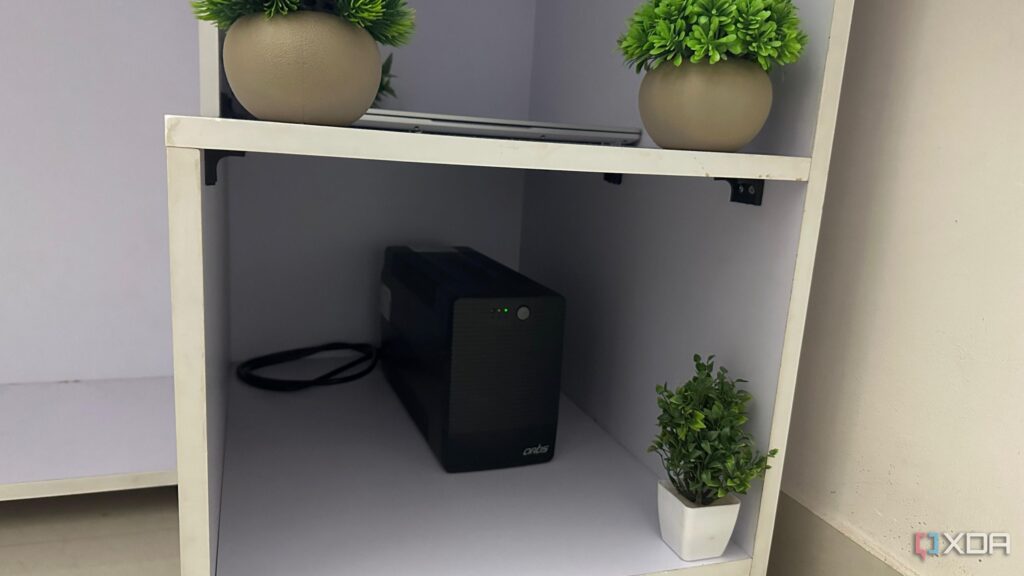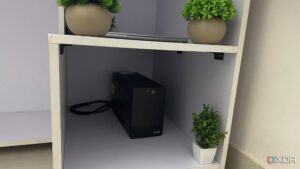
UPDATE: A new surge in demand for Uninterruptible Power Supplies (UPS) is transforming the functionality of smart homes during unexpected power outages. As power disruptions become increasingly common, homeowners are turning to UPS systems to keep their smart devices operational, ensuring connectivity and security in critical moments.
Latest reports confirm that homeowners are recognizing the urgent need for reliable power solutions to avoid the chaos of a non-functional smart home. With storms and grid instability on the rise, the time to act is NOW. A well-planned UPS setup can prevent your smart home from becoming useless just when you need it most.
Installing a single UPS unit can safeguard essential devices by providing backup power during outages. This setup can support crucial components like routers, network switches, and smart home servers, ensuring that even in the dark, your home stays connected. For many, the thought of being cut off from smart technology is alarming, especially during emergencies when reliable communication is vital.
Experts recommend positioning the UPS near the broadband entry point, typically where your optical network terminal (ONT) is located. This strategic placement allows your router, firewall, and essential smart home devices to remain powered. Without these, your home becomes just a house.
Homeowners are advised to assess their essential devices by asking, “Could I live without this for an hour or two during a power cut?” If the answer is no, it’s time to invest in a UPS. Key devices like firewalls, routers, and smart home hubs are critical. For example, a Proxmox server running Home Assistant OS can maintain automation, and a dedicated IoT network can keep your sensors operational.
Selecting the right UPS is paramount. Power ratings are key metrics; for instance, an 800 VA unit can manage loads up to approximately 800 W. A PSU rated at 500 W connected to a load of 125 W can deliver around 25 minutes of runtime. This significant backup time can keep your essential devices running even during short outages, which are becoming more common, especially in areas like the United Kingdom.
The ability to monitor UPS performance can enhance reliability. Some models allow integration with systems like Home Assistant, enabling automated shutdowns to conserve battery life. This feature ensures maximum runtime when power is lost, highlighting the importance of investing in quality brands such as Eaton, APC, and Cyberpower.
The emotional impact of losing power can be profound, especially when it disrupts communication and essential services. In a world increasingly reliant on technology, ensuring that your smart home remains functional during outages is not just about convenience; it’s about safety and security. With a UPS in place, families can remain connected to the outside world, browse the web, and keep tabs on essential services.
As outages become more frequent, the push for robust UPS solutions is expected to grow. Homeowners are encouraged to act swiftly to protect their smart home investments and ensure they remain operational during critical times. Remember, the peace of mind that comes from knowing your home is prepared for outages is priceless.
Stay tuned for further updates on how technology is evolving to meet the needs of modern households in the face of increasing power instability. Your smart home’s resilience depends on it.





